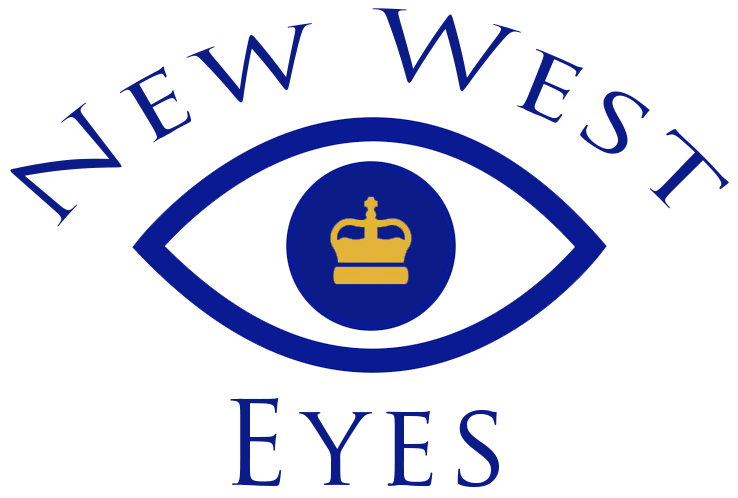What is diabetic retinopathy?
Diabetic retinopathy is a diabetes complication that affects the eyes. It is caused by damage to the blood vessels of the light-sensitive tissue at the back of the eye (retina).
What causes it?
When blood sugar levels are too high or fluctuate for extended periods of time, it can damage capillaries (tiny blood vessels) that supply blood to the retina. Over time, those blood vessels begin to leak fluid and fats causing edema (swelling) of the retina. Eventually these vessels can close off, which is called ischemia.
What are the symptoms?
In the early stages of this disease - called non-proliferative or background diabetic retinopathy - you may have little or no vision problems. The only way to tell whether you have retinopathy is through an eye exam. The advanced stage is called proliferative diabetic retinopathy, and vision problems become more pronounced, causing cloudiness, distortion, or loss of central vision. Blind spots or floaters may also manifest. These are caused by fluid leaking from abnormal new vessels that have grown to replace those damaged by the disease.
Diagnosing diabetic retinopathy
Diabetic retinopathy is best diagnosed with a dilated eye exam. For this exam, drops are placed in your eyes to dilate (widen) your pupil. This allows the doctor to see inside to the back of your eye. Your doctor may also order some photographs of your eyes (OCT and Optos) to help confirm diagnosis. It's important that you see your eye doctor on a regular basis to monitor the health of your retina.
How is diabetic retinopathy treated?
Laser treatment for diabetic retinopathy generally targets the damaged eye tissue. Some lasers treat leaking blood vessels directly by "spot welding" and sealing the area of leakage. Other lasers eliminate abnormal blood vessels that form from neovascularization. Lasers may be used to intentionally destroy tissue in the periphery of the retina that is not required for functional vision. This is done to reduce abnormal blood vessel growth in the more essential, central portion of the retina to maintain sight. Some peripheral vision could be lost to this treatment, however.
The two types of laser treatments commonly used to treat significant diabetic eye disease are:
Focal or grid laser photocoagulation
This type of laser is aimed directly at the affected area or applied in a contained, grid-like pattern. This method of laser treatment generally targets specific, individual blood vessels.
Scatter (panretinal) laser photocoagulation
With this method, hundreds of tiny spots of laser are applied to the periphery of the retina, leaving the central area untouched. While laser treatment for diabetic retinopathy usually does not improve vision, the therapy is designed to prevent further vision loss. Even people with 20/20 vision who meet treatment guidelines should be considered for laser therapy to prevent eventual vision loss related to diabetes.
How can I protect my eyes from diabetic retinopathy?
Eat a healthy, balanced diet
Excercise regularly
Monitor your blood sugar level and strive for a hemoglobin A1C target set with your family physician.
Keep your blood pressure and cholesterol under control
Stop smoking
Advise your doctor if you notice any vision changes.



